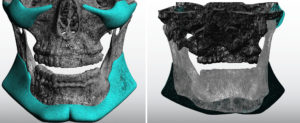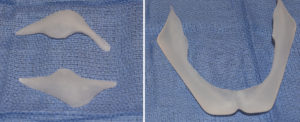Background: What defines a masculine face is a well defined skeletal structure. This skeletal structure involves the facial bones that have a natural linear or convex shape (cheeks and jawline) as opposed to those that have a natural concavity. (maxilla and pyriform aperture) The more prominent that the cheeks and jawline are the more masculine the face appears if done so in the right proportions. (even in the face of a fuller face with thicker tissues)
Genetics are largely responsible for male facial masculinization and how the facial bones develop for which no drugs or exercise can increase their prominence or shape. Onlay bone augmentation is the only method to create more prominent facial bones which has been done by a variety of implants as well as injectable materials. The success in cresting cheek and jawline augmentation depends on how well the onlay material pushes out on the overlying soft tissue and the volume of the material implanted.
The most volumetrically successfully and permanent for facial masculinization is the use of implants, specifically custom facial implants.Not only does this augmentation method provides the facial volume it does so in a preoperatively designed and controlled fashion. While there is not an endless amount of material that can be applied to the facial bones given certain soft tissue constraints, a custom cheek and jawline umlaut approach can push they limits of the overlying soft tissue tolerance.
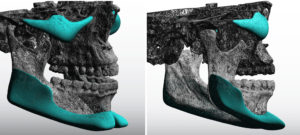

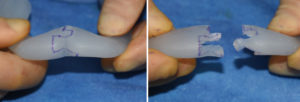
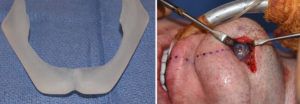
Highlights:
1) The creation of a strong masculine face requires augmentation of the cheek and jawline skeletal structures.
2) Custom cheek and jawline implants provides linear augmentation with desired width projections for a facial masculinization effect.
3) The definition of a strong facial effect in an implant is when it exceeds traditional aesthetic measurements.
Dr. Barry Eppley
Indianapolis, Indiana



